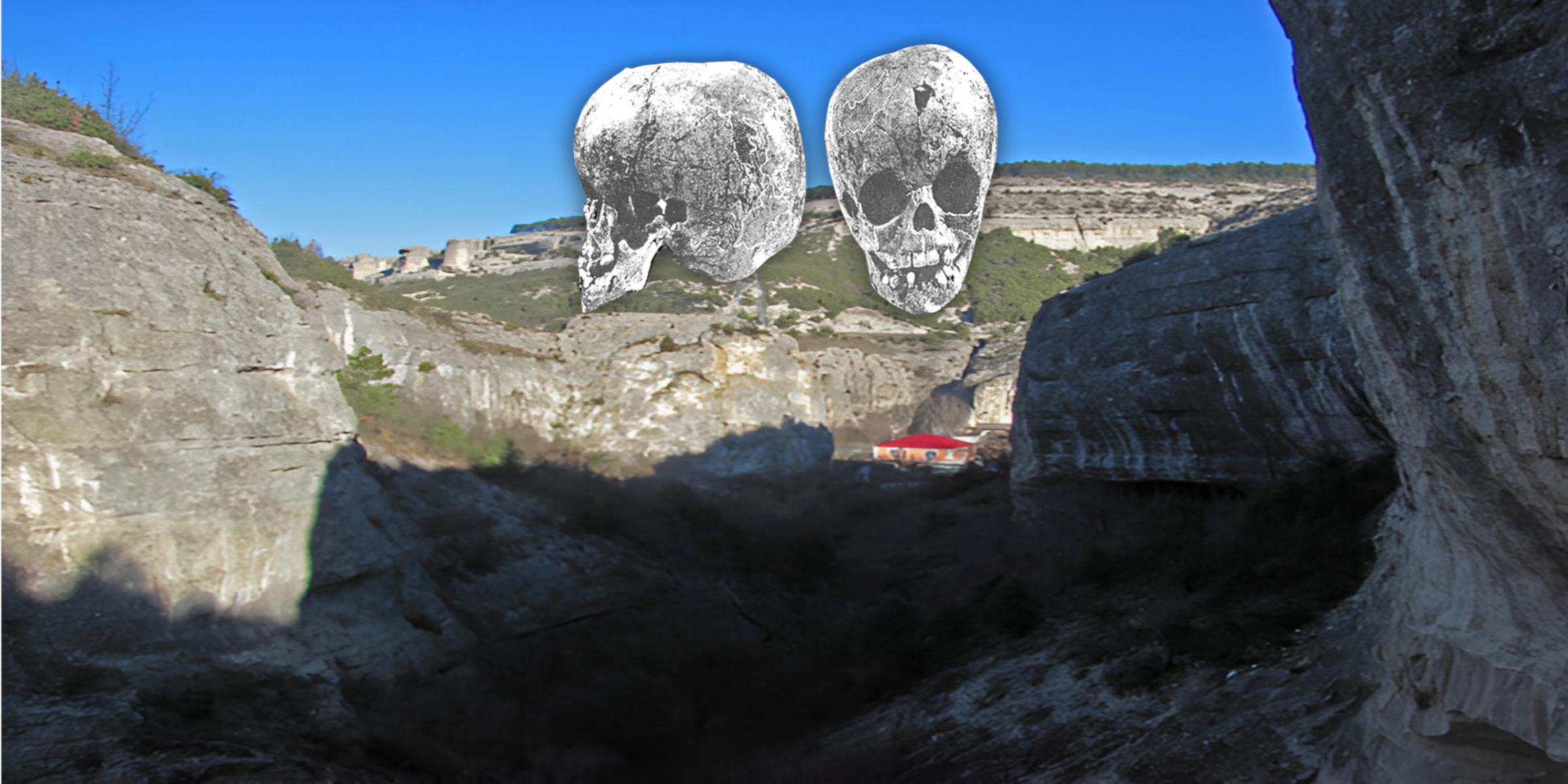Revealing Neanderthal Journeys: Crimeas Starosele




The Crimean Peninsula, a region steeped in the distant echoes of our ancient relatives, boasts a treasure trove of Paleolithic sites that are pivotal in understanding the transition from the Middle to the Upper Paleolithic periods. Among these archaeological wonders, the Starosele site has emerged as a striking beacon, revealing tales of the elusive Neanderthals and their complex migrations across Eurasia. Recent excavations at Starosele have uncovered a remarkable new chapter in human ancestry with the discovery of a novel Neanderthal individual, affectionately dubbed "Star 1," whose story connects distant lands and ancient cultures in ways previously unimaginable.
For centuries, history has been told through artifacts and chronicles. Now, DNA gives us a different kind of evidence — one that speaks from within. Learn how your genetic story connects to the ancient world at MyTrueAncestry.com.
Nestled within a steep canyon, the Starosele site is not merely a repository of ordinary stones and bones, but a vibrant canvas painted by the skilled hands of Neanderthals thousands of years ago. This archaeological treasure, with its four distinct cultural layers, whispers stories of a bygone era where the Crimean Micoquian, a fascinating stone tool industry, reigned supreme across the landscape. Level 1, the most intriguing of all these layers, houses a wealth of secrets dating as old as 46,000 years, positioned at the tantalizing junction where Neanderthal populations dwindled and Homo sapiens began to emerge upon Europe's vast horizon. The site serves as a time capsule, preserving evidence of sophisticated hunting practices, advanced tool-making techniques, and the daily lives of these remarkable ancient humans.
Amidst the archaeological bonanza discovered at Starosele, one small bone fragment measuring approximately 5 centimeters from Level 1 stands out, capturing the attention of scientists and enthusiasts alike across the globe. This modest piece, once part of a Neanderthal individual's femur or humerus, has unveiled an extraordinary tale that spans continents, courtesy of its remarkably well-preserved mitochondrial DNA. Known as Star 1, this groundbreaking discovery links the Neanderthal population in Crimea to those dwelling far afield in the Altai Mountains of Siberia, suggesting not only ancient long-distance migrations but also a shared cultural legacy carried by the distinctive Micoquian tools. The genetic analysis revealed that Star 1 lived between 42,690 to 45,910 years ago, placing this individual at the critical moment when Neanderthal populations were declining while modern humans were expanding across Europe.
Through the application of cutting-edge scientific techniques, combining revolutionary tools such as Zooarchaeology by Mass Spectrometry and precise radiocarbon dating methods, scientists have successfully uncovered the splendid history hidden within fragmented bones that might otherwise have been overlooked. The ZooMS technique proved particularly valuable, allowing researchers to identify human remains among the 150 bone fragments studied, with an impressive 97.3% preservation rate for collagen fingerprints. The exquisite craftsmanship and advanced technology of the Neanderthals come alive through the bifacial tools discovered at the site, forging a tangible connection to their Altai relatives and painting a vivid picture of mobile and resilient groups traversing Europe during periods of favorable climatic conditions. These innovative analytical approaches have revolutionized our understanding of how small bone fragments can yield enormous insights into ancient human behavior and migration patterns.
The lithic assemblages discovered at Starosele, predominantly associated with the sophisticated Micoquian industry, suggest a rich narrative of technological prowess and cultural continuity that spans vast geographical distances. This distinctive industry, marked by skillful retouching techniques and expert bifacial tool production, echoes the crafty hands of Neanderthal artisans, tying together regions from the expansive Crimean landscapes to the depths of Siberian caves such as Chagyrskaya and Okladnikov. The tools found at Starosele demonstrate not merely functional implements for survival, but represent a sophisticated technological tradition that was maintained and transmitted across generations and continents. Archaeological evidence suggests these Neanderthals were primarily horse hunters, as indicated by the predominance of Equidae remains in the bone assemblages, revealing their specialized hunting strategies and dietary preferences.
Through innovative paleoclimatic analysis, researchers have identified high habitat suitability corridors along the 55°N latitude that may have facilitated Neanderthal movements across Eurasia during favorable interglacial periods. These corridors provide crucial insights into how climate change influenced ancient human migration patterns and cultural exchange. The connection between Star 1 and the Altai Neanderthals suggests that these migration routes were not merely theoretical pathways, but were actively used by groups carrying shared technological traditions. The favorable climatic conditions during certain periods would have created opportunities for long-distance travel, enabling the spread of both genes and cultural innovations across the vast Eurasian landscape. This discovery challenges previous assumptions about Neanderthal mobility and demonstrates their remarkable adaptability to changing environmental conditions.
https://www.pnas.org/doi/epdf/10.1073/pnas.2518974122
Discover how your DNA connects to ancient civilizations at www.mytrueancestry.com.
Comments